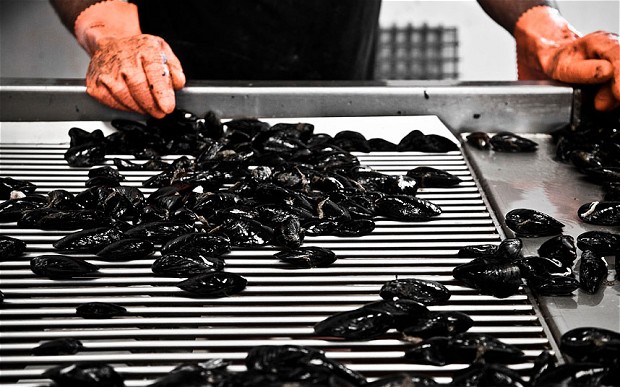
"In some areas, 50 to 80 per cent of saleable oysters aged between two to three years have died out," said Olivier Laban, president of the shellfish producers' federation of Arcachon-Aquitaine, western France.
"We have no idea what the origin of this blight is," he told Le Figaro.
Tests are under way at Ifremer, France's marine research institute, with samples taken from oysters along the West coast and the Mediterranean
"All the samples show mortality rates that are higher than normal," said Tristan Renault, mollusc specialist at Ifremer.
"All contain a deadly bacteria (for oysters): Vibro aesturianus. That's probably the murder weapon, but we still don't know who the murderer is. The unusual weather conditions this year are probably behind the phenomenon," he said.
Some oyster farmers blame brutal temperature rises after a "rubbish" Spring and a sudden drop in salt levels in the water due to heavy rains.
They say adult oysters are increasingly fragile.
The profession is still recovering from a plague that has wiped out billions of baby oysters since it first struck in the Spring of 2008. The culprit was fond to be Oyster Herpes virus type 1, or OsHV-1.
It triggered the worst crisis since the native European or "Portuguese" oyster was all but wiped out 30 years ago. Since the 1970s blight, almost all oyster farms in Europe have been restocked with the Pacific "creuse" oyster from Japan and British Columbia.
In the wake of the 2008 virus, annual production has fallen from 120,000 tonnes to 80,000 tonnes.
"Oyster farmers have tried to adapt, but this (latest attack) is a different story," said Laurent Champeau, shellfish producers' spokesman in the Poitou-Charentes region.
"These losses that are coming at the end of (the oyster life) cycle are much harder to mitigate. It means three years of work down the drain and almost inexistent room for manoeuvre."



The picture shows mussels not oysters.